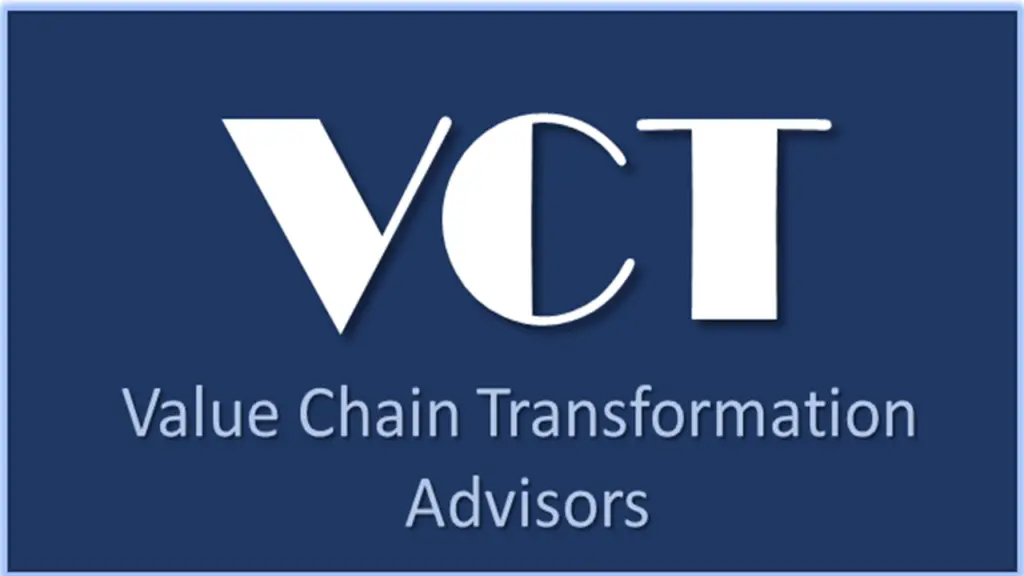
Expert Insights from Matt Morton, Senior Director of Network Design at GAINS
Matt Morton, Senior Director of Network Design at GAINS and self-proclaimed “supply chain nerd who was always building stuff,” has spent over 13 years helping companies optimize their supply chains through better network design. He recently joined GAINS as part of GAINS’ acquisition of 3TO or Three Tenets Optimization. Recently Matt sat down with us to explain how the structure or design of a supply chain contributes to a company’s success. “Supply chain design is about distilling complex interconnected decisions and variables into a few key metrics that matter most to your company.” When all of the different aspects of the design are considered, GAINS produces a blueprint of what a customer’s ideal supply chain network should look like to help guide the internal design team in their decision-making.
What is Supply Chain Design?
First, we had Matt share how he defines supply chain design. He stated, “Supply chain design is a multidisciplinary practice involving coordination with execution teams and collaboration with the finance department, executive leadership, and other stakeholders throughout the business. Supply chain design typically involves a dedicated team within a company, responsible for understanding the network model, sourcing data, and reporting to supply chain leadership.” Matt added, “By doing the calculations and analysis, the GAINS supply chain design solution provides insights and options that simplify the decision-making process for our customers. Companies shouldn’t get lost in the details of thousands of design decisions. They must focus on the critical aspects of their supply chain and make informed choices based on desired outcomes.”
Supply chain design includes making decisions about various aspects, such as:
- Location of distribution centers
- Transportation costs
- Sourcing vendors and customers
- Setting rules for supply chain operations
Demystifying Supply Chain Design:
GAINS: When we talk about the discipline of supply chain design, I imagine it means a lot of things. What does supply chain design mean to you?
Matt: Supply chain design is about understanding how your supply chain structure contributes to your end goals. It involves making informed decisions based on data and weighing the trade-offs. GAINS provides information such as potential locations, transportation costs, and other relevant data to provide a comprehensive understanding of the factors involved in building the physical infrastructure or flow of the supply chain.
GAINS: So it’s about intentional design and considering the trade-offs involved. It emphasizes the importance of careful planning and thoughtfulness. When it comes to decisions around network optimization, what kind of information is assessed, and where is it sourced from?
Matt: The classic decision that supply chain design answers is where to locate new physical infrastructure, such as a new DC. When determining the location of a distribution center, various factors come into play. We consider transportation costs, existing network capacity, and specific supply chain rules. To start, we compile a list of potential candidate locations based on industry expertise and data. We assess transportation costs from existing sites to each candidate location, considering road distances and various transportation methods. We also factor in specific rules governing the supply chain, such as customer-to-distribution center or vendor-to-distribution center relationships. The information can be sourced from our tools and workflows or from the customers.
GAINS: It seems like there is a lot of information to consider. I imagine you would need to gather as much relevant data as possible. However, I assume that perfect information may not always be available. How do you handle situations where information is incomplete or uncertain?
Matt: You’re right. Perfect information is not always attainable. In those cases, designers must make decisions based on the available information and sometimes rely on highly educated guesses. However, when important decisions are at stake, you must run sensitivity analyses to understand the impact of different scenarios. For example, GAINS evaluates the range of costs and assesses when a specific factor becomes significant enough to affect the design. We explore alternative designs which could be slightly less optimal for one scenario but more robust for a broader range of possibilities. It’s about understanding the thresholds and determining what factors genuinely matter in decision-making. It’s a delicate, well-thought-out balance.
GAINS: Supply chain design involves introducing and testing variables and is like building a prototype and identifying its strengths and weaknesses. It’s about identifying the right variables to optimize the supply chain to meet corporate goals. When it comes to decision-making, who is typically involved in this process?
Matt: The level of involvement from the business varies. In enterprises or larger companies, dedicated teams understand and implement supply chain models. These teams interact with supply chain leadership and make decisions based on the insights provided by the models. They play an interdisciplinary role, working with stakeholders, including execution teams and finance departments. However, retaining design talent in this area can be challenging due to the “brain drain”. That’s where the GAINS partnership adds even more value, as our experts can become trusted advisors and provide support in building and maintaining these models.
GAINS: It’s a highly collaborative effort involving GAINS and customers. That makes a lot of sense. By narrowing down the options and presenting the key metrics, GAINS provides a valuable service that helps companies effectively design and optimize their supply chain.
Matt: Exactly. We aim to provide clarity and actionable insights to our customers so they can make strategic decisions that align with their goals and drive their supply chain’s success.
GAINS: That’s fantastic. I couldn’t put it better myself. Supply chain design is a complex but essential process in today’s globalized and interconnected business world. The ability to effectively design and optimize supply chains can significantly affect efficiency, cost-effectiveness, and overall performance. Is that fair to say?
Matt: Absolutely. Supply chain design is crucial in achieving a competitive advantage, customer satisfaction, and operational excellence. It’s an ongoing process that requires continuous evaluation and adaptation to meet changing market dynamics and business needs.
GAINS: I can see how critical it is to have experts and specialized tools to navigate the intricacies of supply chain design. Learning about the depth of analysis and considerations involved in making these decisions is fascinating. It is a massive undertaking with many variables. No wonder people would seek outside help rather than take it on themselves.
Matt: Indeed, it’s a fascinating field, and we are constantly striving to innovate and enhance our capabilities in their supply chain design journey. It’s a collaborative effort between our team and the customer, working together to deliver optimized decisions.
GAINS: Thank you so much for sharing your insights and shedding light on the intricacies of supply chain design. It seems way more involved than I ever realized. It looks like I have much to learn, but discussing this topic with you and getting a better idea of what’s involved has been a pleasure.
Matt: You’re welcome! I’m glad I could provide you with what you were looking for. If you have any more questions, I’m here to help!
GAINS: I can guarantee I will be taking you up on that! Thanks!
Learn More
If you want to meet Matt and his team or learn more about how your business can benefit from the GAINS Supply Chain Design solution, BOOK A DEMO and meet with Matt or one of our supply chain design experts today!
Additional reading:
Can Automation Make You a Better Supply Chain Professional?
What Does It Take To Optimize Scenario Planning?
Boost Accuracy in Demand Planning: Look Beyond Historical Data



